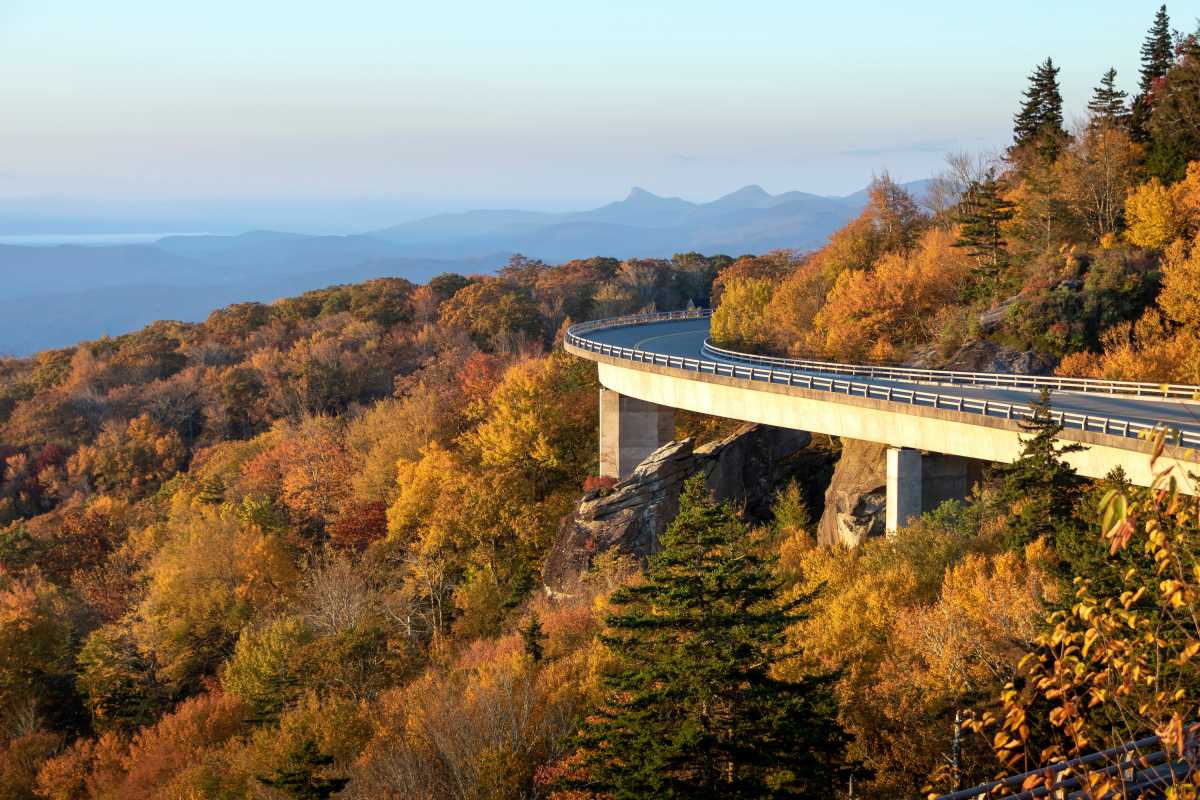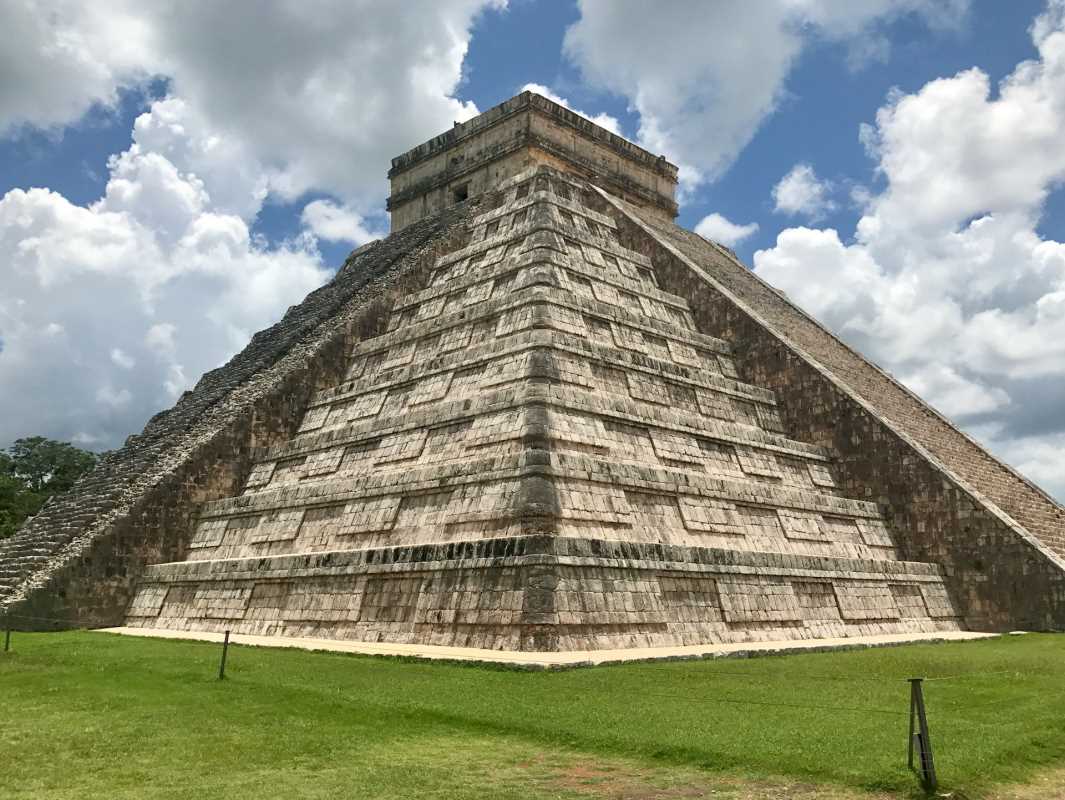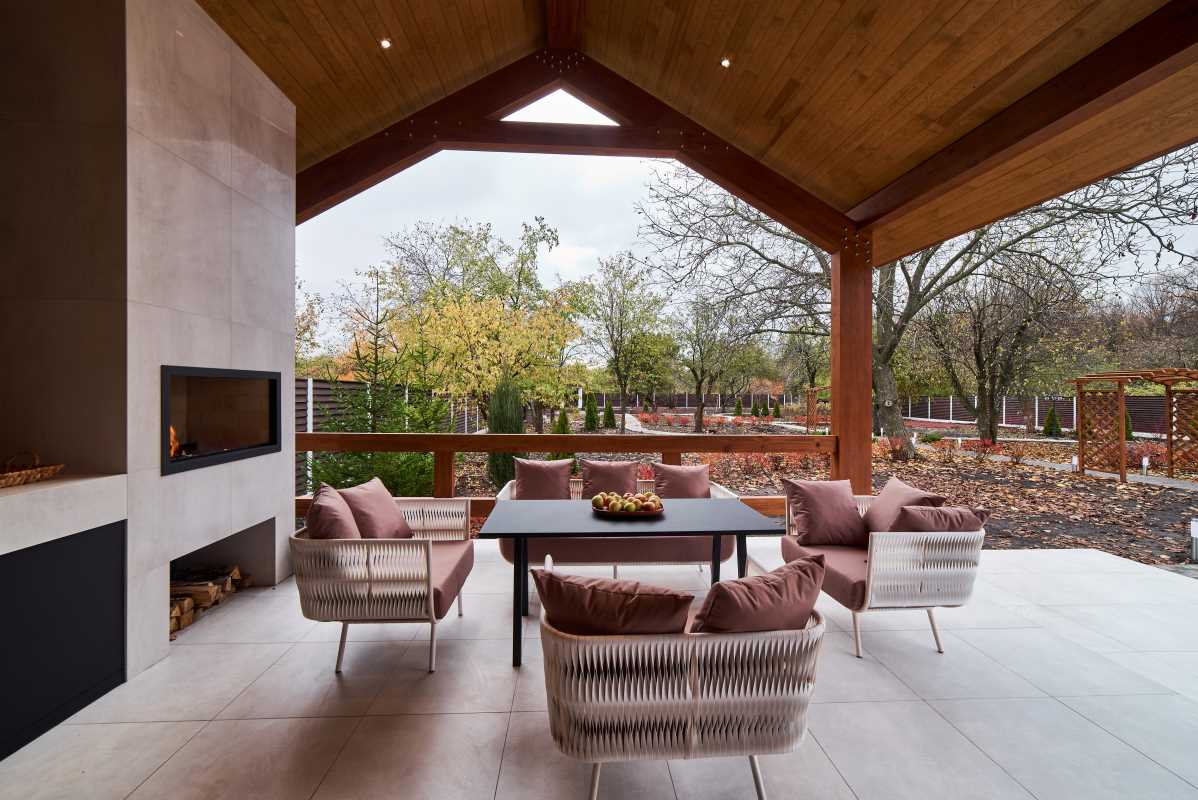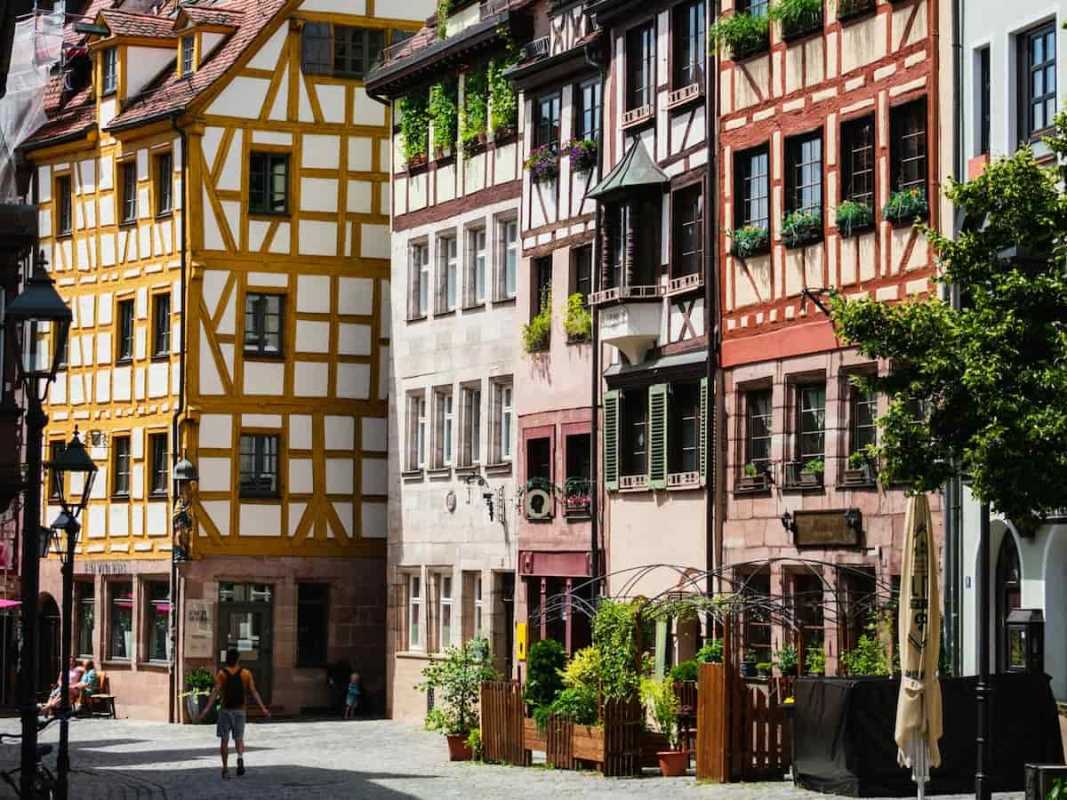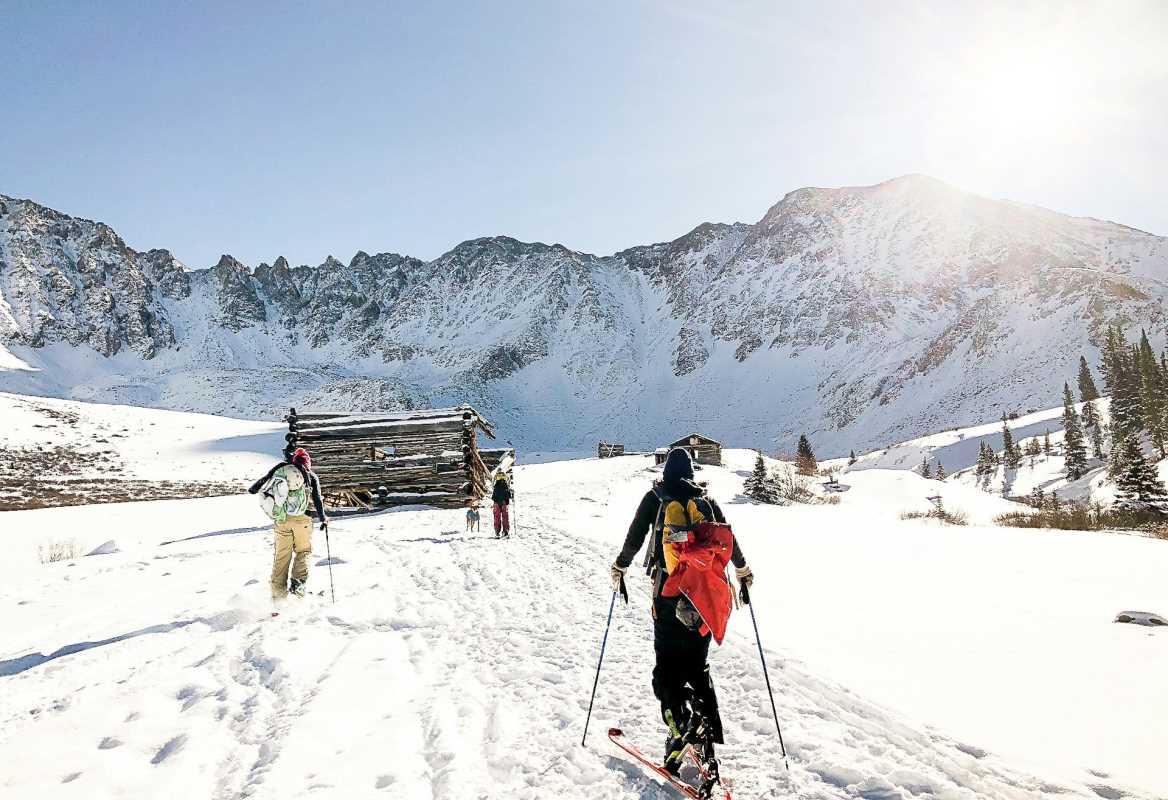Imagine standing in a vast desert, where sand dunes stretch to the horizon under a blazing sun. Suddenly, you see a patch of green with lush trees, shimmering water, and life flourishing against all odds. This is not a mirage; it’s an oasis. These rare pockets of greenery are nature’s masterpieces, offering beauty, mystery, and tranquility in some of the harshest environments on Earth. Desert oases are more than just breathtaking landscapes. They are lifelines for ecosystems, human settlements, and adventurers alike.
Throughout history, oases have been vital stops for travelers and traders crossing arid lands. Today, many of these captivating oases remain symbols of survival and serenity, drawing explorers from all over the globe. Below, we’ll explore some of the most stunning desert oases you won’t believe exist, uncovering their natural wonders, cultural history, and charm.
What Defines an Oasis?
Before we explore these magical destinations, it’s important to understand what makes an oasis special. An oasis is formed when underground water sources, like springs or aquifers, come to the surface. These water sources allow plants to grow and create vibrant habitats for animals and humans. Some oases are naturally occurring, while others are supported by human ingenuity, like irrigation systems and wells to bring water closer to the surface. The result is a green haven that starkly contrasts the surrounding desert. Now that we know what makes these ecosystems work let’s look at the most beautiful examples of desert oases worldwide.
Desert Oases Around the World
Huacachina, Peru
Tucked away in a remote part of the Peruvian desert, Huacachina is a postcard-perfect oasis. Known as the "Oasis of America," it features a peaceful lagoon surrounded by palm trees and massive rolling sand dunes. The lagoon was originally formed naturally by underground springs, but its water levels are now artificially maintained to keep the oasis going amid high tourist demand. Visitors can explore Huacachina by paddling boats across the tranquil water or adventuring into the surrounding dunes for activities like sandboarding and dune buggy rides.
This oasis is also steeped in legend. Local folklore says the tears of a heartbroken princess created the lagoon. Nowadays, it’s one of Peru’s top desert attractions, offering awe-inspiring sunsets and thrilling activities against a stunning backdrop.
Siwa Oasis, Egypt
Located in Egypt’s Western Desert, Siwa Oasis is as much about history as beauty. Known for its centuries-old olive and date gardens, this oasis is sustained by natural artesian wells and intricate irrigation systems. Siwa is also home to the ancient Temple of the Oracle of Amun, where Alexander the Great is believed to have sought confirmation of his divine ancestry.
Despite being isolated for much of its history, the oasis remains one of Egypt’s most culturally rich destinations. Its unique Berber traditions, including local crafts and culinary specialties like olive oil and dates, add intrigue to its natural beauty. Visitors can take dips in the freshwater springs or explore historic ruins with the serene desert landscape around them.
Ubari Sand Sea, Libya
Deep in the Libyan Sahara, the Ubari Sand Sea is home to a series of otherworldly oases. Among them, Mandara Lake stands out with its sparkling surface, surrounded by golden dunes. Despite its inviting appearance, the lake’s water is highly saline, similar to the Dead Sea, making it ideal for floating but not for drinking or irrigation.
The salt content is part of what makes this oasis so surreal. The stark contrast between the bright green vegetation around the water and the endless dunes creates an almost dreamlike atmosphere. Traveling to the Ubari Sand Sea requires careful planning and local guidance, but witnessing these unique oases feels like stepping into another world.
Ein Gedi, Israel
Located near the Dead Sea, Ein Gedi is an oasis that thrives in the harsh environment of the Judean Desert. What sets Ein Gedi apart is its abundant springs, including David’s Spring and Arugot Spring, which flow year-round, creating waterfalls and pools perfect for cooling off. This oasis is also an archaeological goldmine with ancient ruins, including a synagogue known for its intricate mosaic floor.
Ein Gedi is a sanctuary for wildlife as well. Visitors often spot Nubian ibexes and rock hyraxes roaming around the rocky cliffs. For those seeking a mix of history, natural beauty, and adventure, Ein Gedi offers well-marked trails that take you through the greenery, past waterfalls, and up to breathtaking views of the Dead Sea.
The Cultural and Environmental Significance of Oases
Oases have been epicenters for trade and culture for thousands of years. Caravans traveling across deserts relied on oases to restock water and food supplies, turning these places into hubs for trading goods, ideas, and traditions. Many oases, like Siwa, remain steeped in rich cultural heritage, preserving traditions that have lasted generations.
Ecologically, oases are vital to the survival of many species. They nurture biodiversity, providing habitats for animals and birds that wouldn’t survive in the surrounding arid environments. These green islands also mitigate desertification and serve as refuges for human communities facing the challenges of living in extreme conditions.
Why Visit an Oasis?
Picture listening to the sounds of trickling water and rustling palm leaves while you sip fresh juice made from locally grown dates. These small acts can feel extraordinary when you’re surrounded by the stark beauty of the desert. Visiting an oasis offers a refreshing escape and invites you to explore the resilience of life in its many forms.
Whether sandboarding in Huacachina, walking among ancient ruins in Siwa, floating in the surreal waters of Mandara Lake, or hiking through the trails of Ein Gedi, each destination offers its unique charm. Oases remind us that even in the harshest conditions, nature can flourish.
 (Image source: Inuvo / AM)
(Image source: Inuvo / AM) 